By Daisy Jing, Founder of Banish
If you're like me, you know the struggle: you finally get rid of a pimple, but then you're left with a stubborn mark. It's so frustrating!
But here's the secret: not all post-acne marks are the same. You need to know the difference between Post-Inflammatory Erythema (PIE) and Post-Inflammatory Hyperpigmentation (PIH) to treat them right. Let's break it down.
What is PIE? (The Red/Pink Spots)
Post-Inflammatory Erythema (PIE) is just a fancy name for those red or pink spots that hang around after a breakout. Think of it as a temporary discoloration [1].
What causes it? When you had that pimple, the inflammation actually damaged the tiny blood vessels (capillaries) right under your skin. Since it's a blood vessel issue, it's not about pigment. It's usually seen more on lighter skin tones.
How to check: Gently press on the spot. If it turns white for a second, you've got PIE!
What is PIH? (The Brown/Dark Spots)
Post-Inflammatory Hyperpigmentation (PIH) is what most people call a "dark spot." It shows up as brown, black, or sometimes purplish marks.
What causes it? This is your skin overreacting to the inflammation after an acne breakout or cut by making too much melanin (the stuff that gives your skin color) [2]. The extra melanin gets concentrated in a spot and left behind . PIH is much more common in deeper skin tones.
How to check: Press on the spot. If the color stays the same, it's PIH.
PIE vs. PIH: The Super Quick Comparison
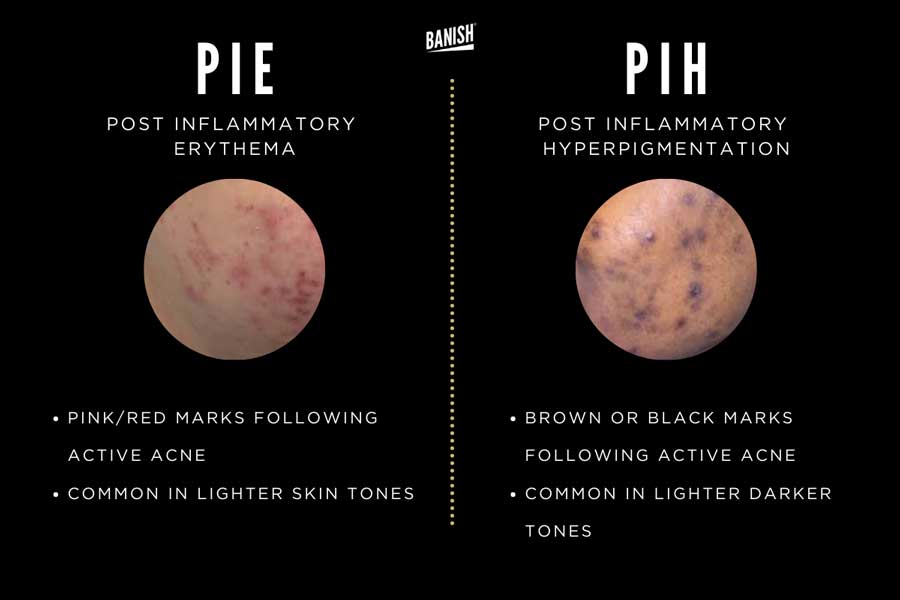
To make it easy for you, here's the differences:
| Post-Inflammatory Erythema (PIE) | Post-Inflammatory Hyperpigmentation (PIH) | |
|---|---|---|
| Color | Red, Pink | Brown, Black, or Dark Purple |
| The Problem | Damaged Blood Vessels | Too Much Melanin (Pigment) |
| Skin Tone | Lighter Skin Tones | Deeper Skin Tones |
| Treatment Focus | Calming Redness, Vascular Repair | Fading Pigment, Exfoliation |
How to Treat PIE ( Calming the Red)
Since PIE is about inflammation and blood vessels, you need to cool things down and help the vessels heal.
- Soothing Ingredients: Look for calming ingredients like Organic Aloe, MSM, and Green Tea. Our Banish Fighter Gel is made with these to help reduce that redness.
- Microneedling: For stubborn PIE, a controlled micro-injury can help your skin repair itself and improve vascular function. The Banisher 3.0 is a great at-home tool to stimulate healing.
- Azelaic Acid: This is a great ingredient that helps reduce inflammation and redness.
How to Treat PIH (Fading the Dark Spots)
PIH is all about pigment, so we need to fade the dark spots and speed up skin turnover [3].
- Vitamin C: This is your best friend for fading dark spots! It blocks the process that creates excess melanin from an injury. Our Banish Serum uses the most powerful form of Vitamin C ( L-ascorbic acid) to get the job done.
- Microneedling: This is also great for hyperpigmentation as it can increase surface turnover of skin after a session and help skincare products absorb more.
- Exfoliating Acids: Ingredients like Glycolic Acid help gently peel away the top layer of skin where the excess pigment is sitting.
- Niacinamide: This ingredient helps stop the excess pigment from forming, which means less dark spots!
The Best Prevention Tip
Whether you have PIE or PIH, the number one rule is simple: wear sunscreen every single day!
UV rays are the biggest trigger for both inflammation and melanin production, making both types of marks worse. Don't skip it!
References
[1] Bae-Harboe, Y. S., & Graber, E. M. (2013). Easy as PIE (Postinflammatory Erythema). The Journal of Clinical and Aesthetic Dermatology. https://pmc.ncbi.nlm.nih.gov/articles/PMC3780804/
[2] Davis, E. C., & Callender, V. D. (2010). Postinflammatory hyperpigmentation: a review of the epidemiology, clinical features, and treatment options in skin of color. The Journal of Clinical and Aesthetic Dermatology. https://jcadonline.com/postinflammatory-hyperpigmentation-a-review-of-the-epidemiology-clinical-features-and-treatment-options-in-skin-of-color/
[3] Concha, J. S. S., & Al-Otaibi, N. (2022). Postinflammatory hyperpigmentation and erythema: new insights into the pathogenesis. British Journal of Dermatology. https://pubmed.ncbi.nlm.nih.gov/34961919/

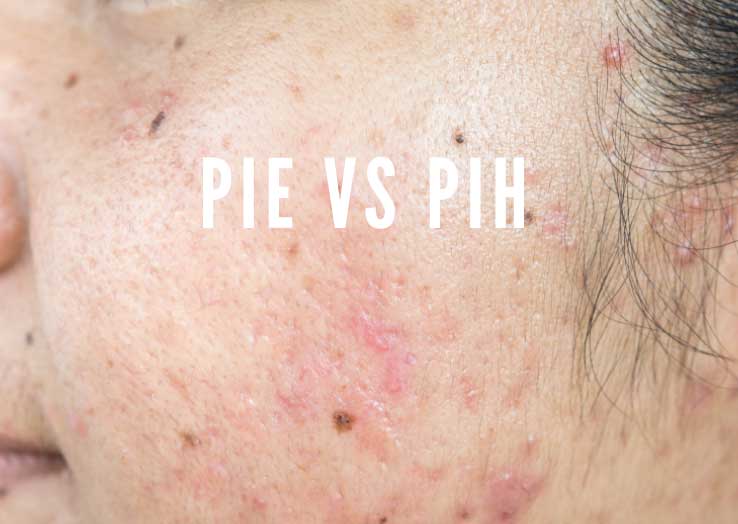
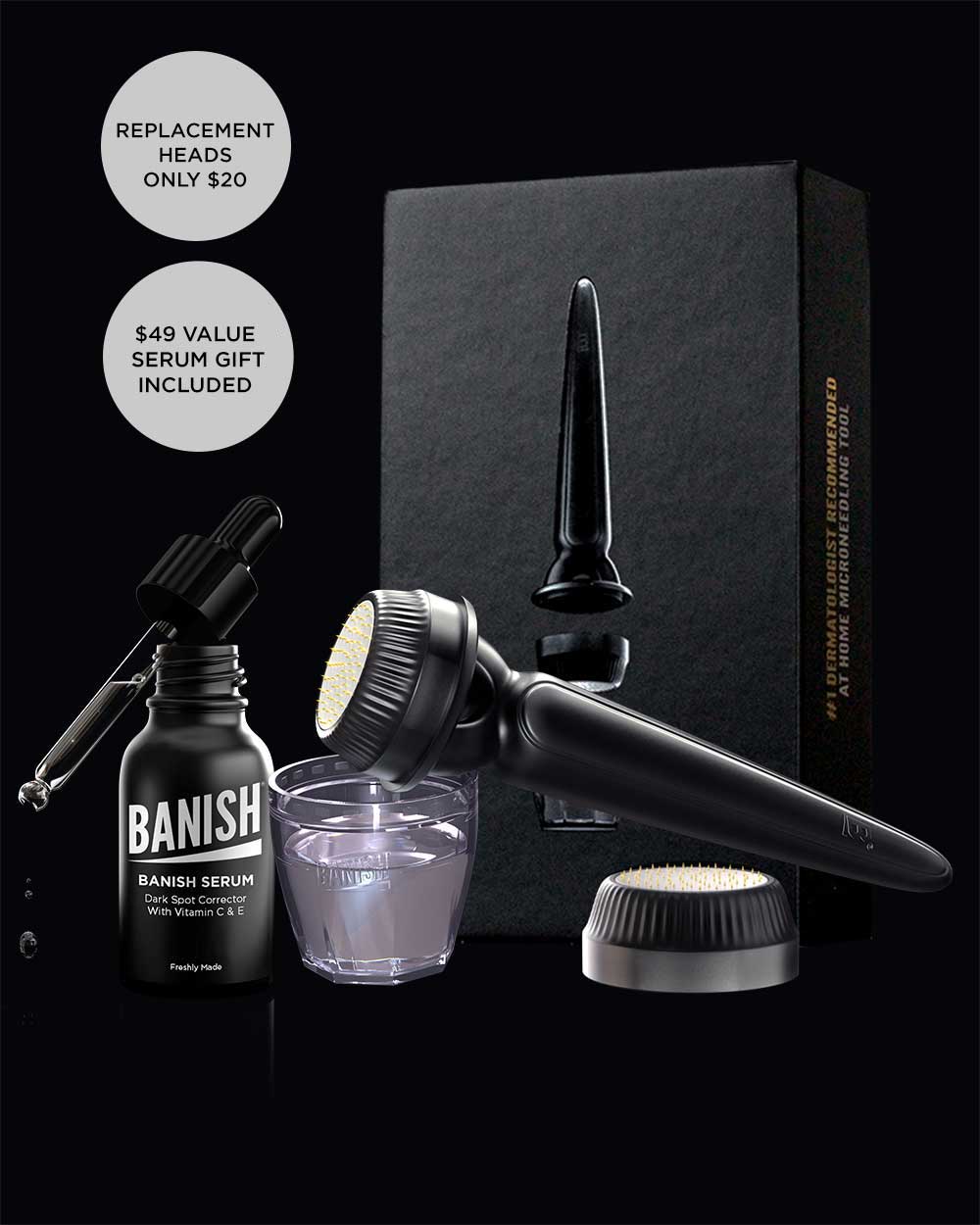
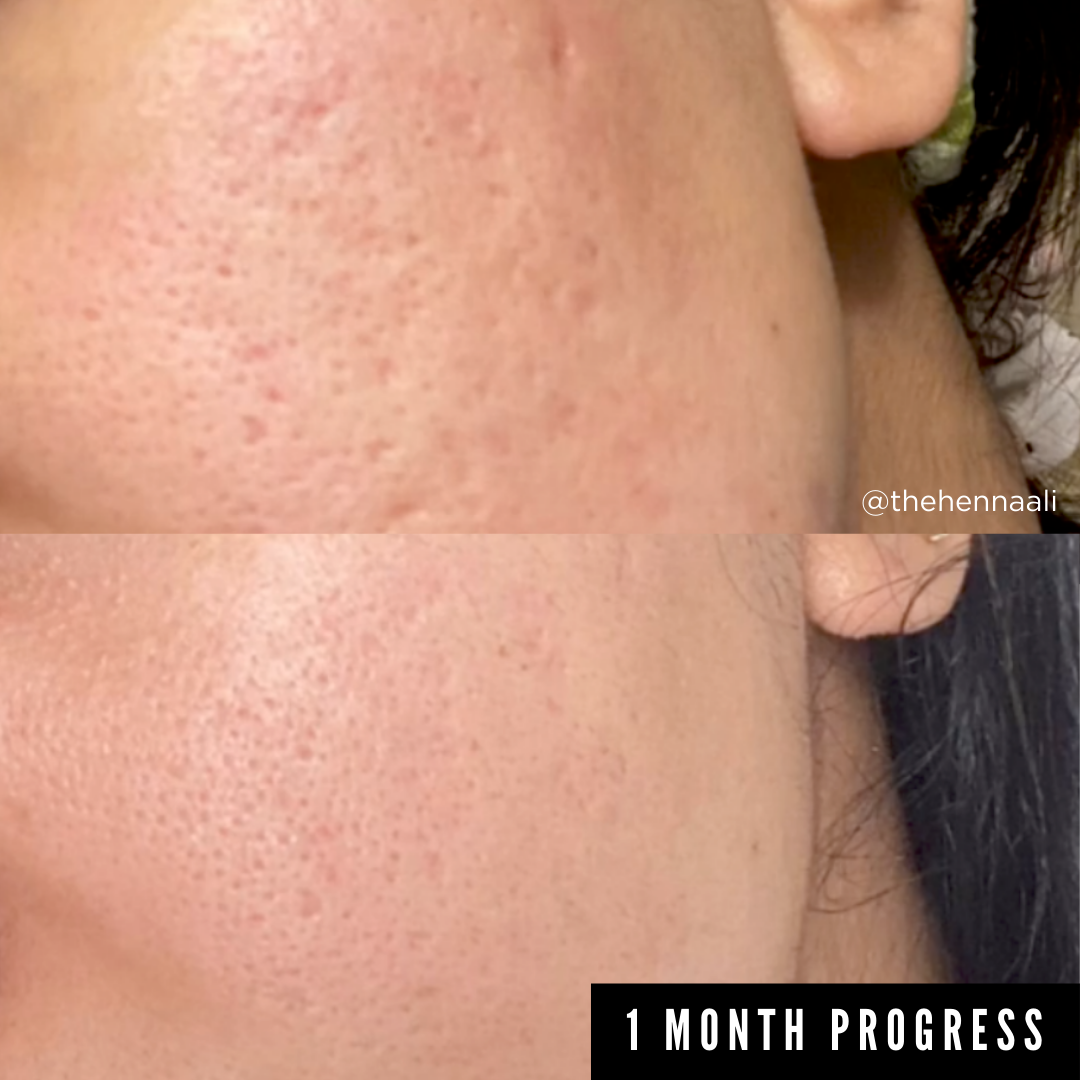

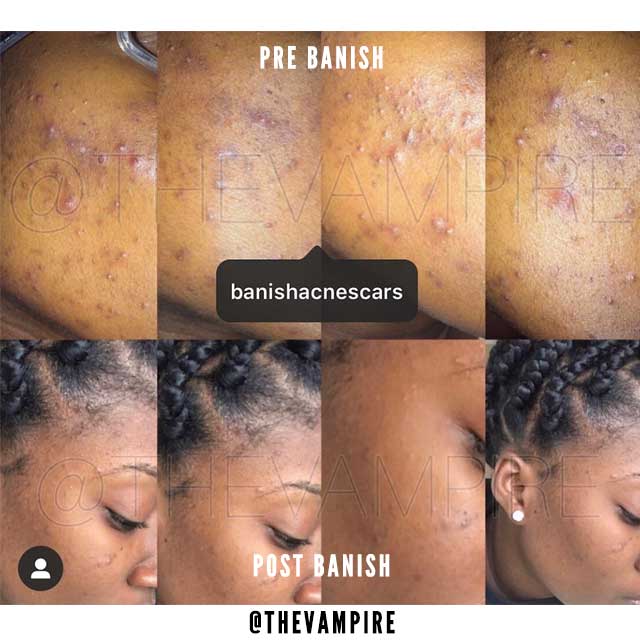
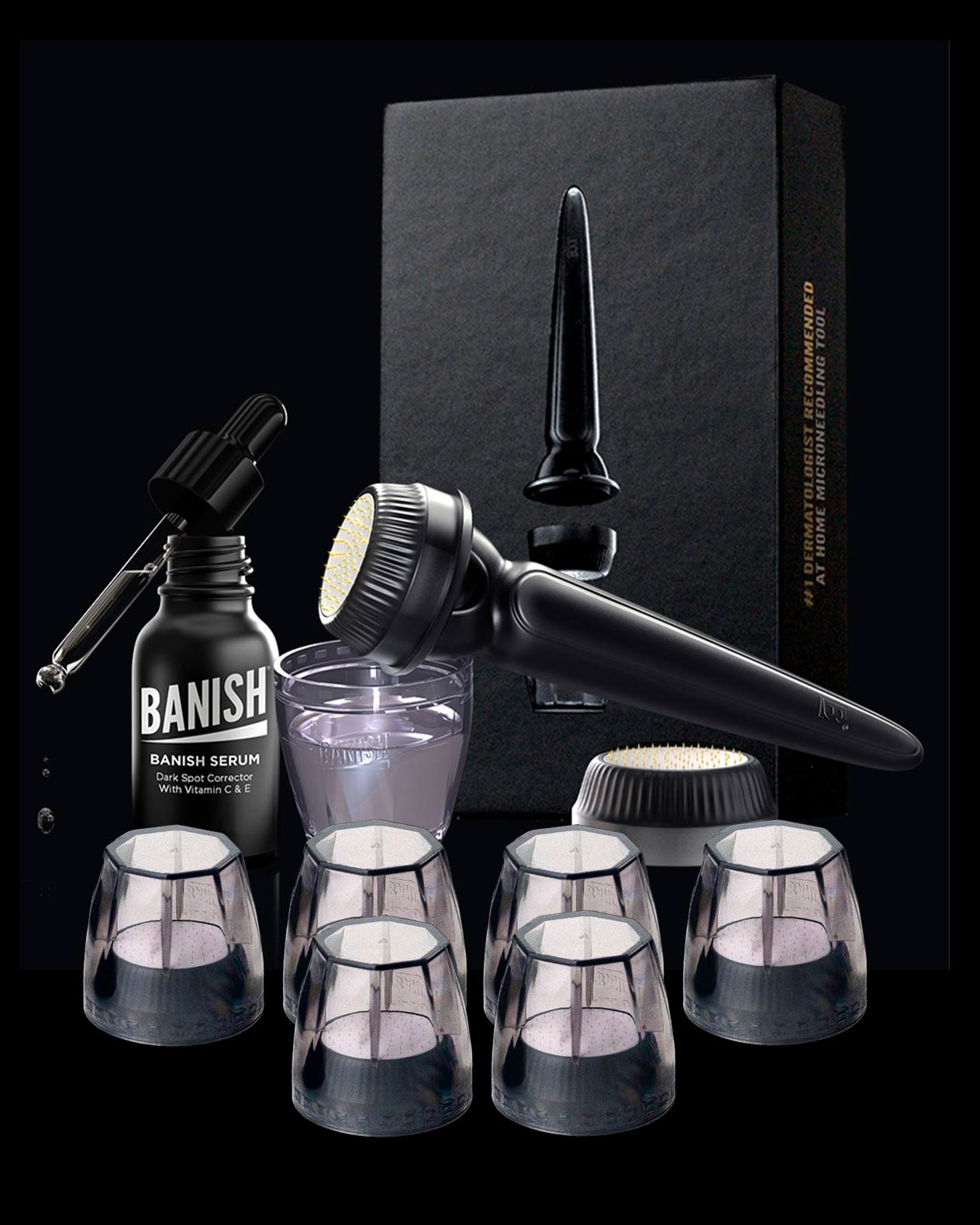
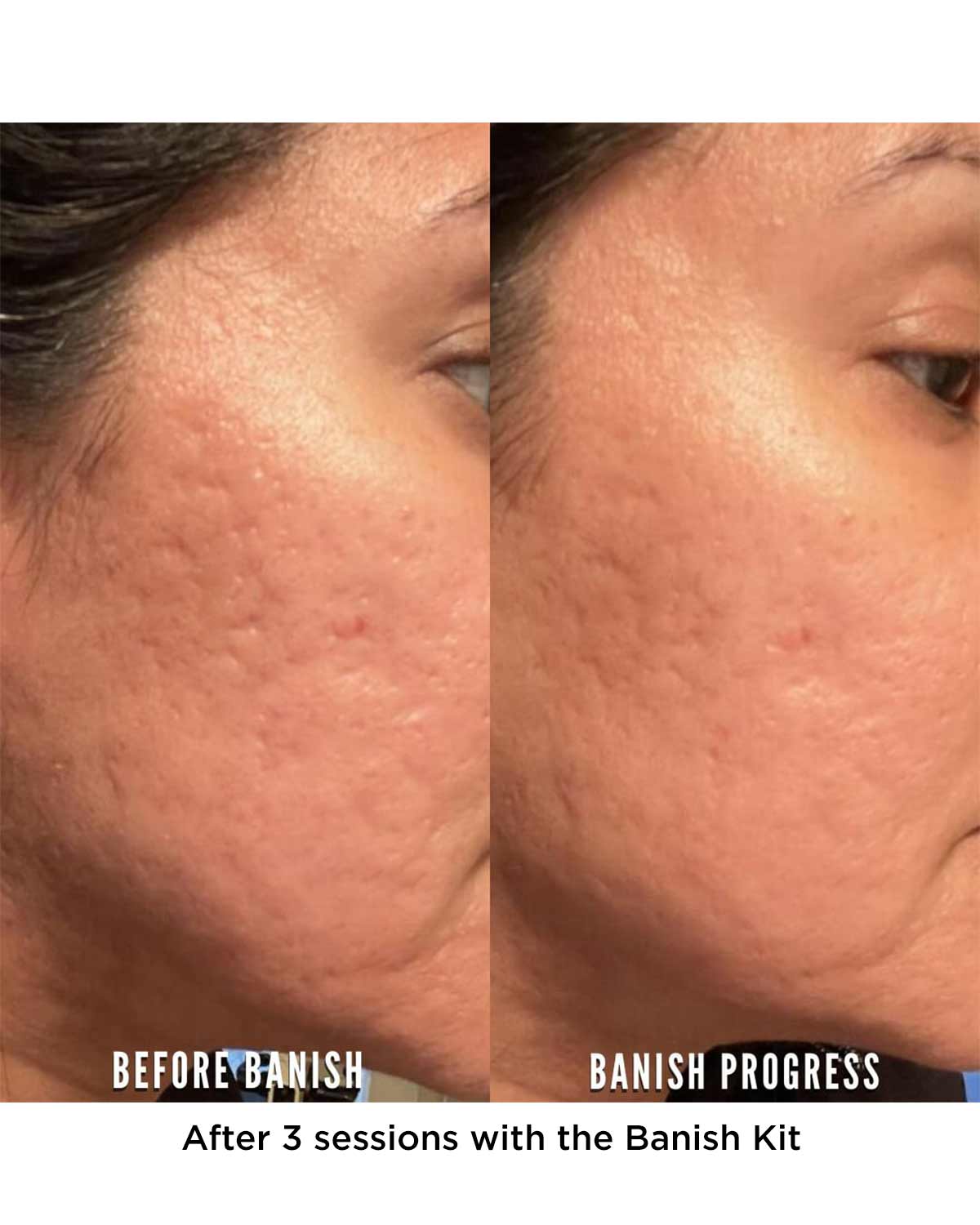
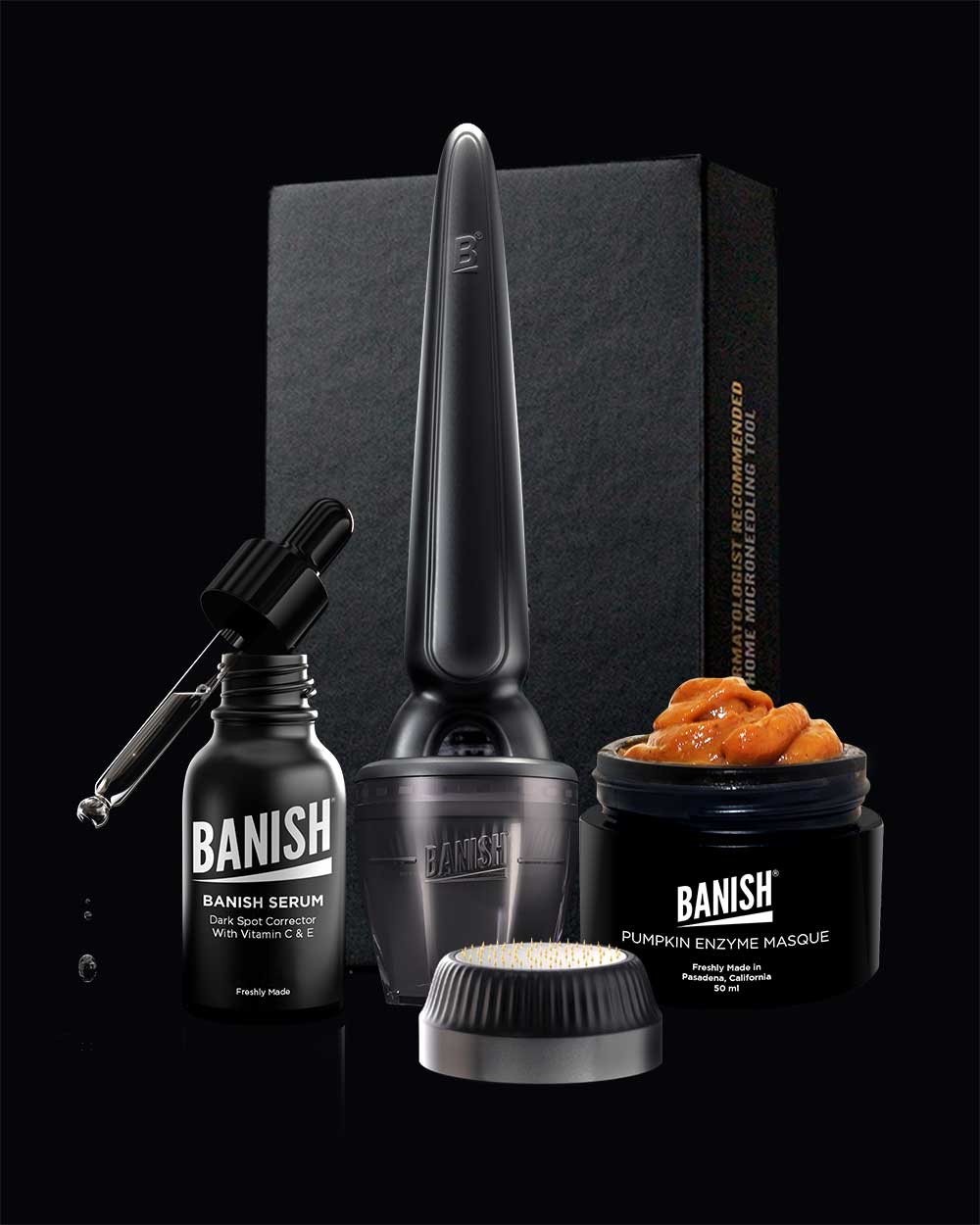
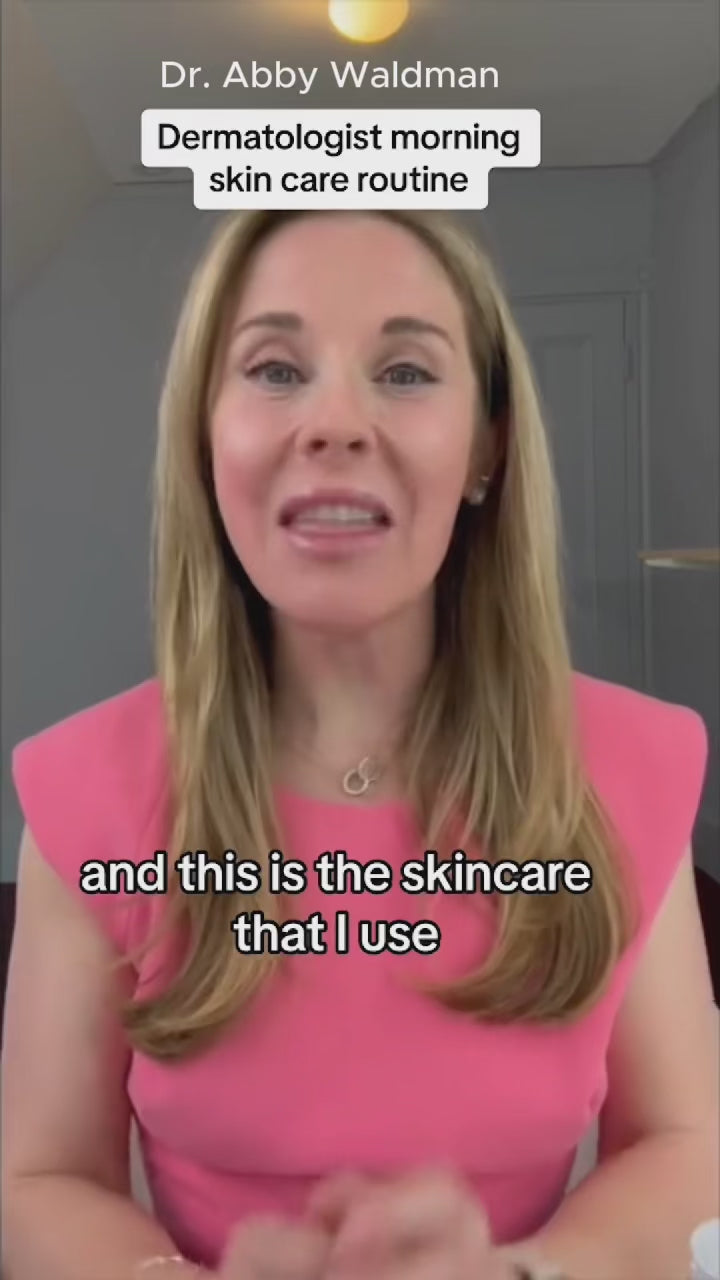
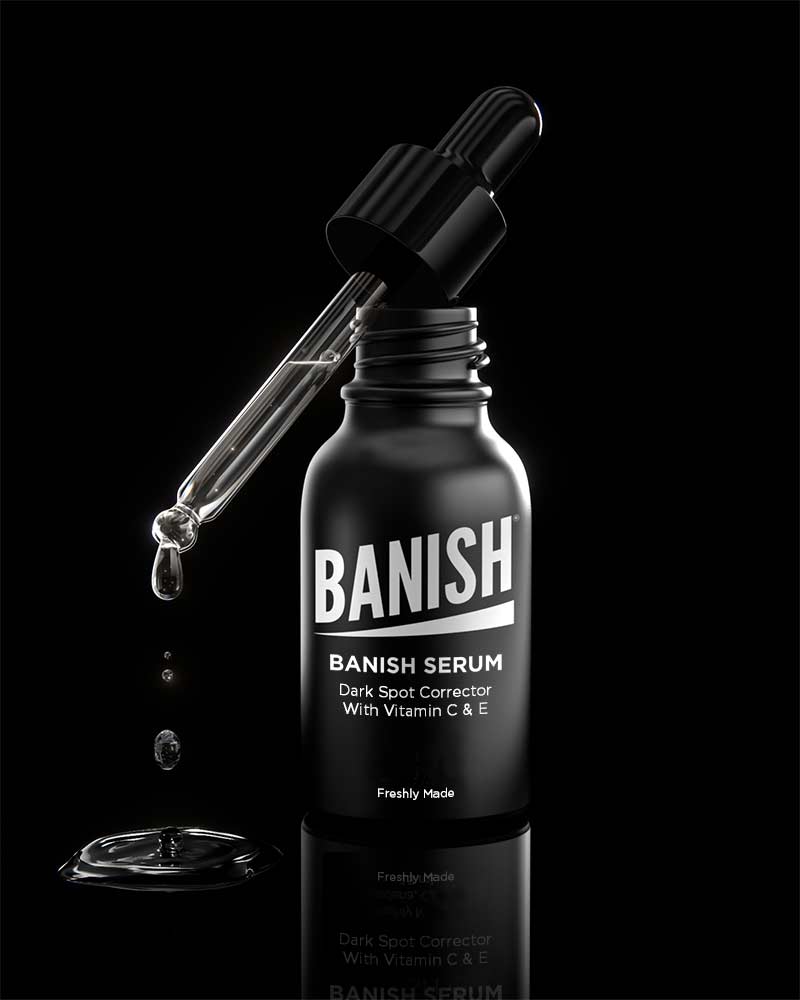

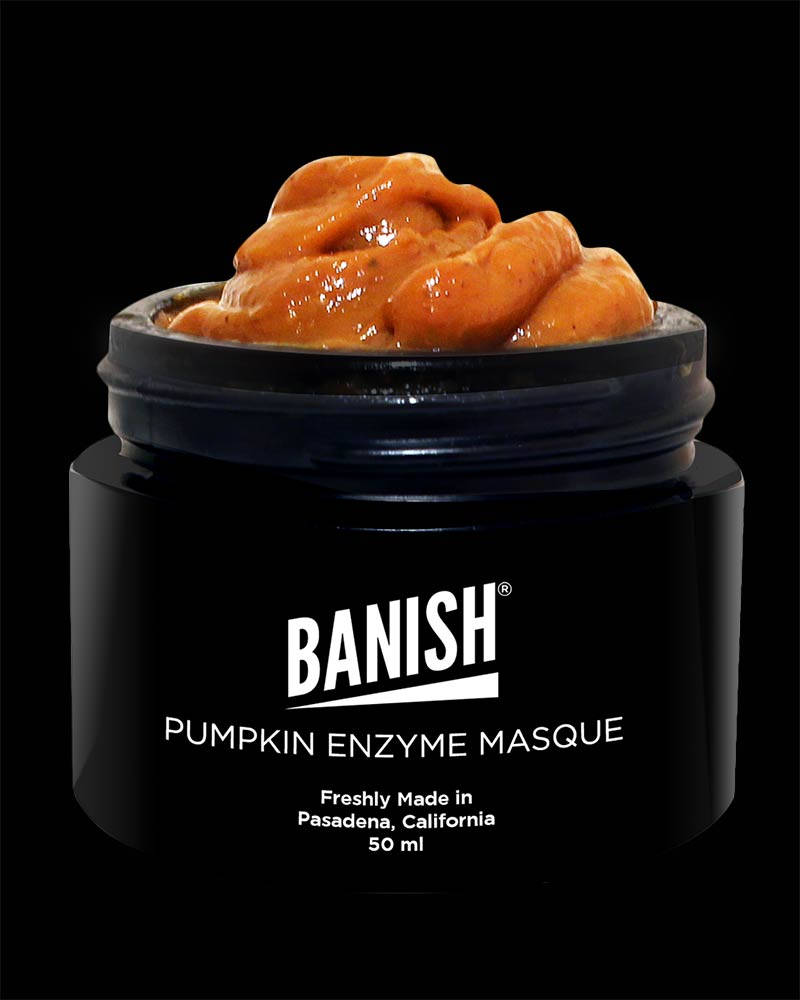

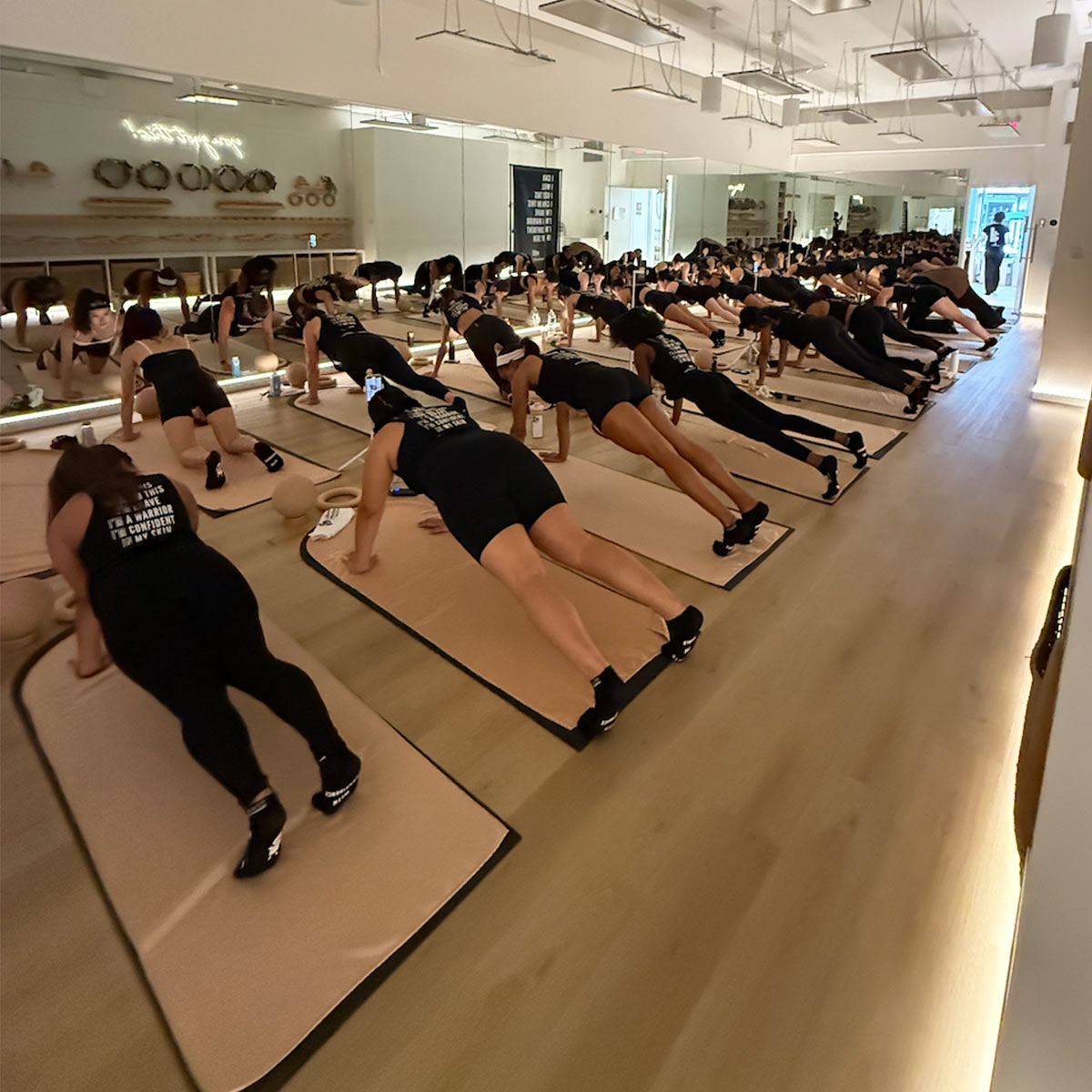
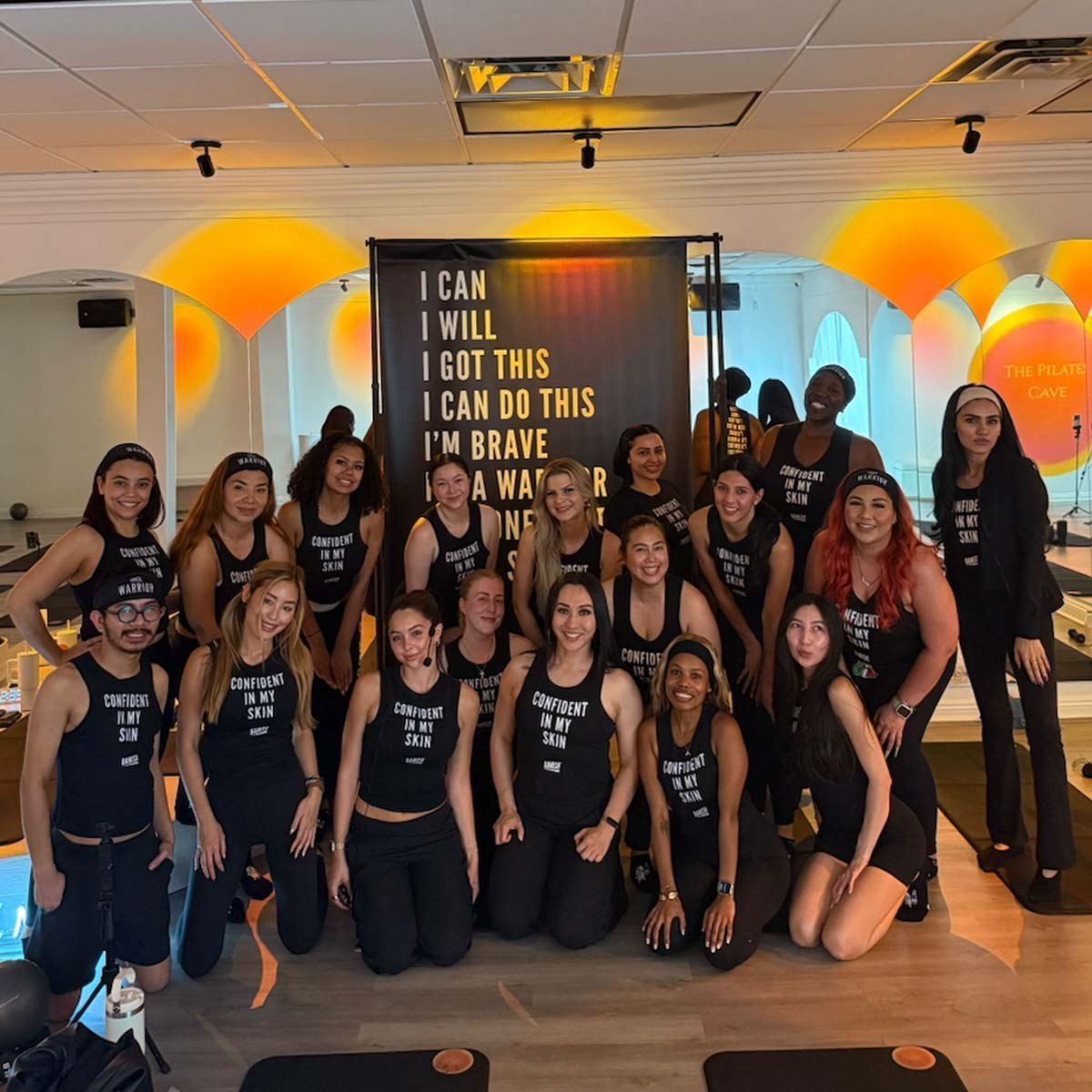

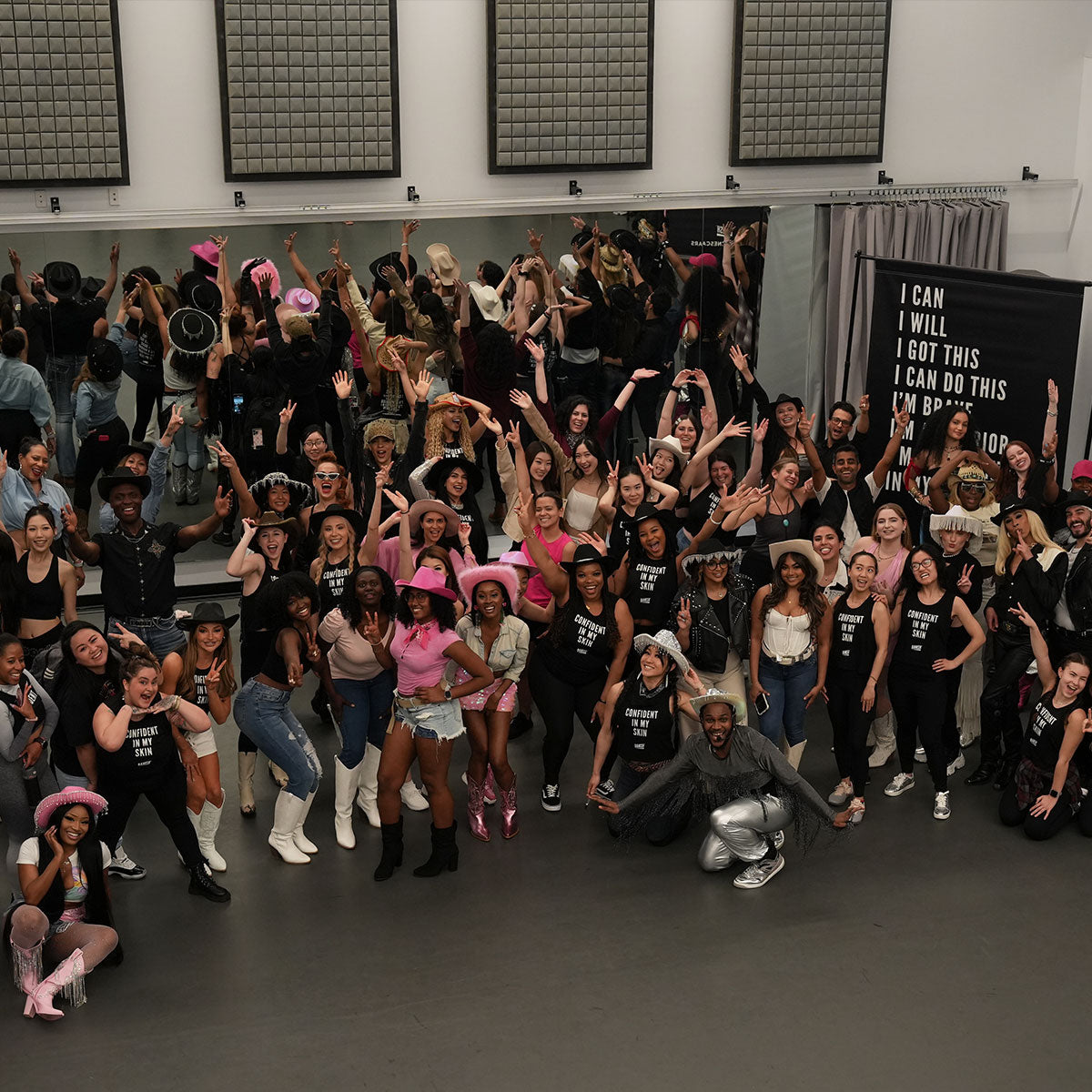
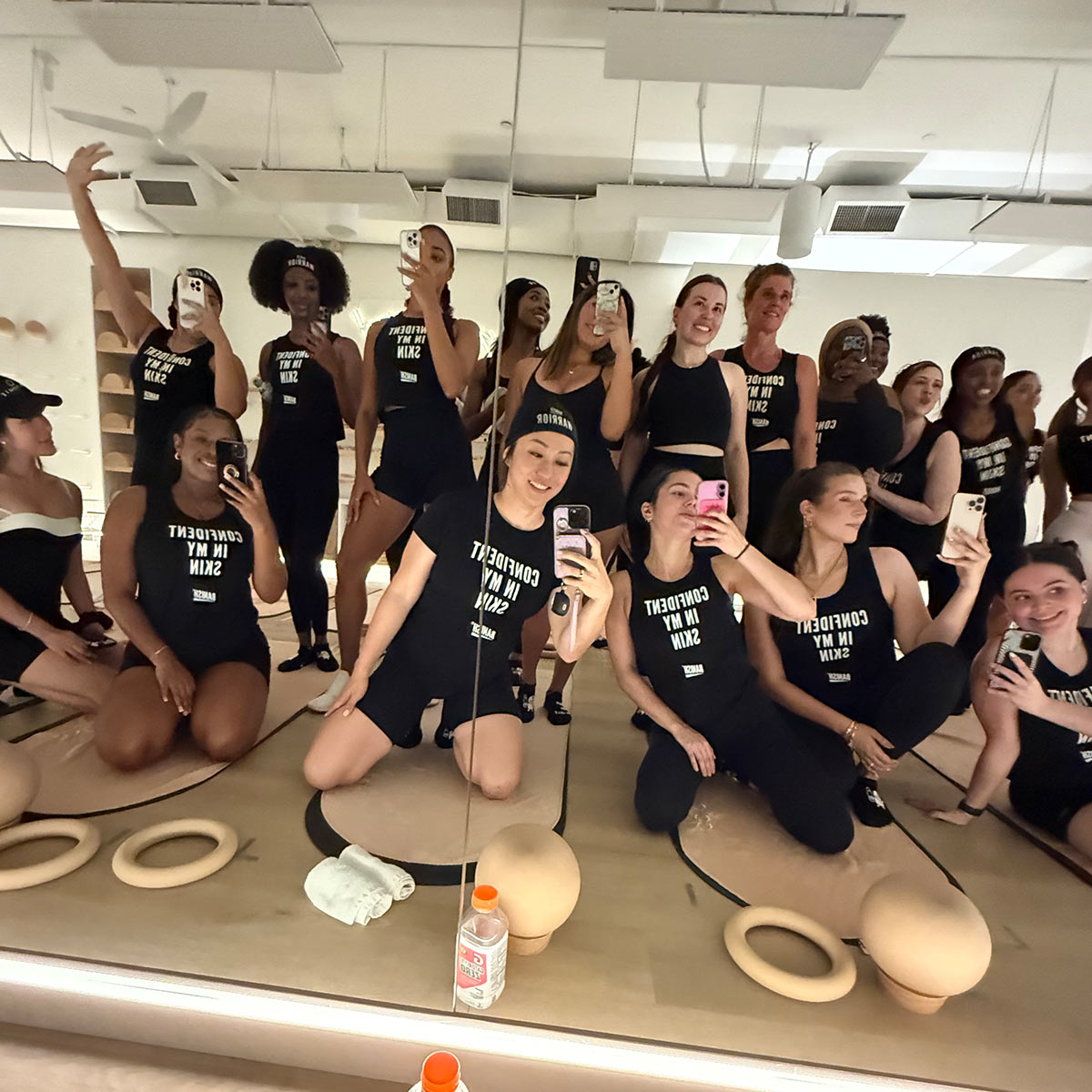
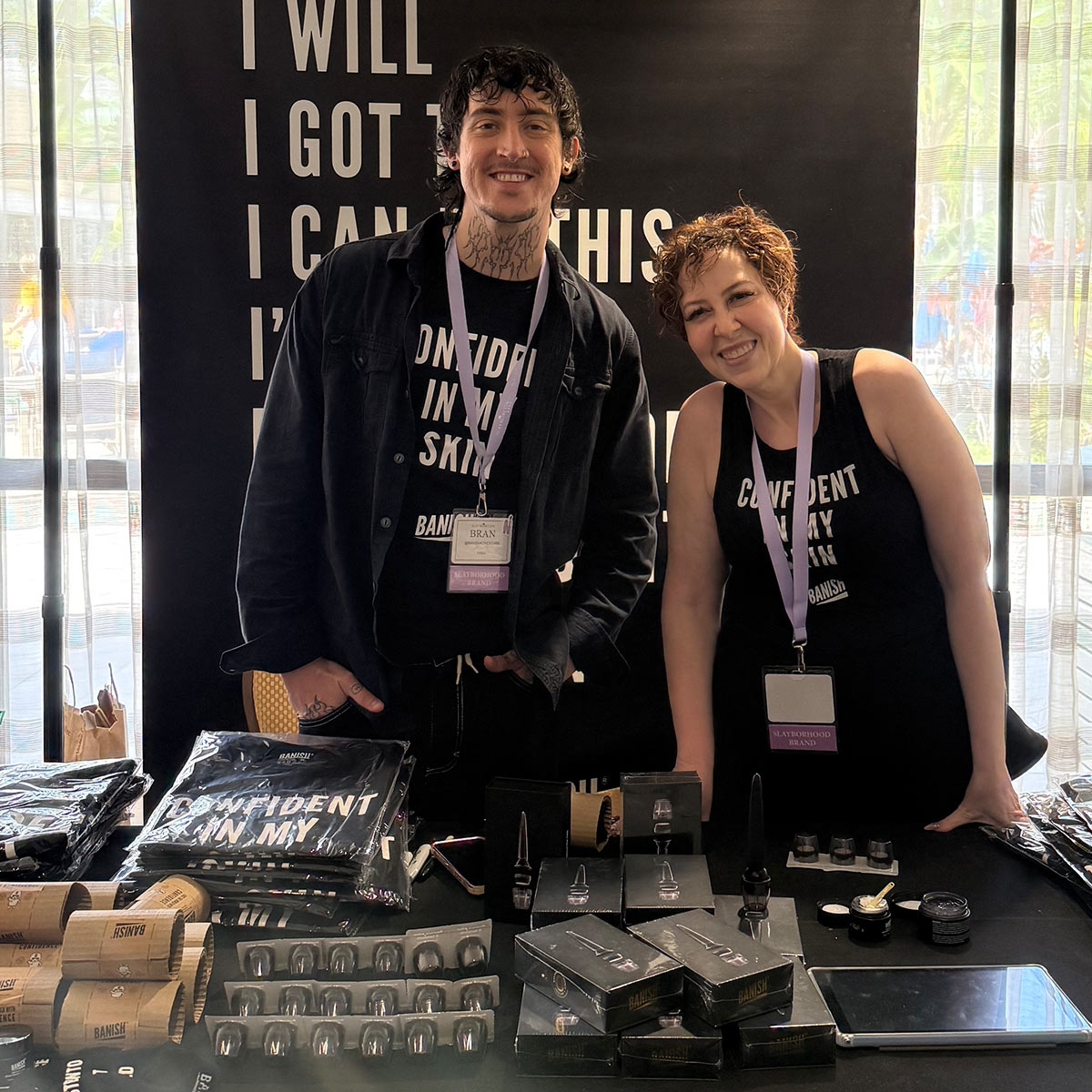
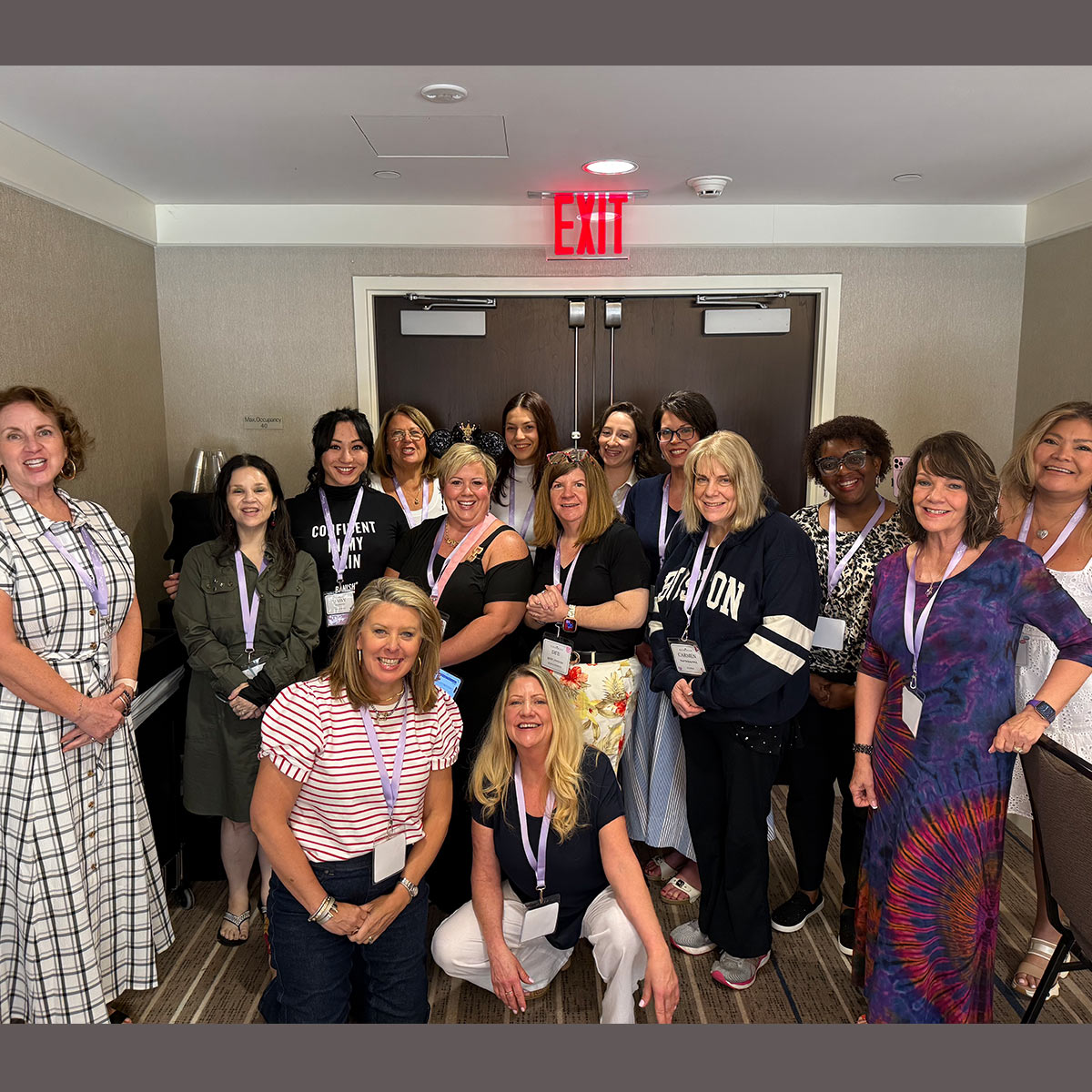
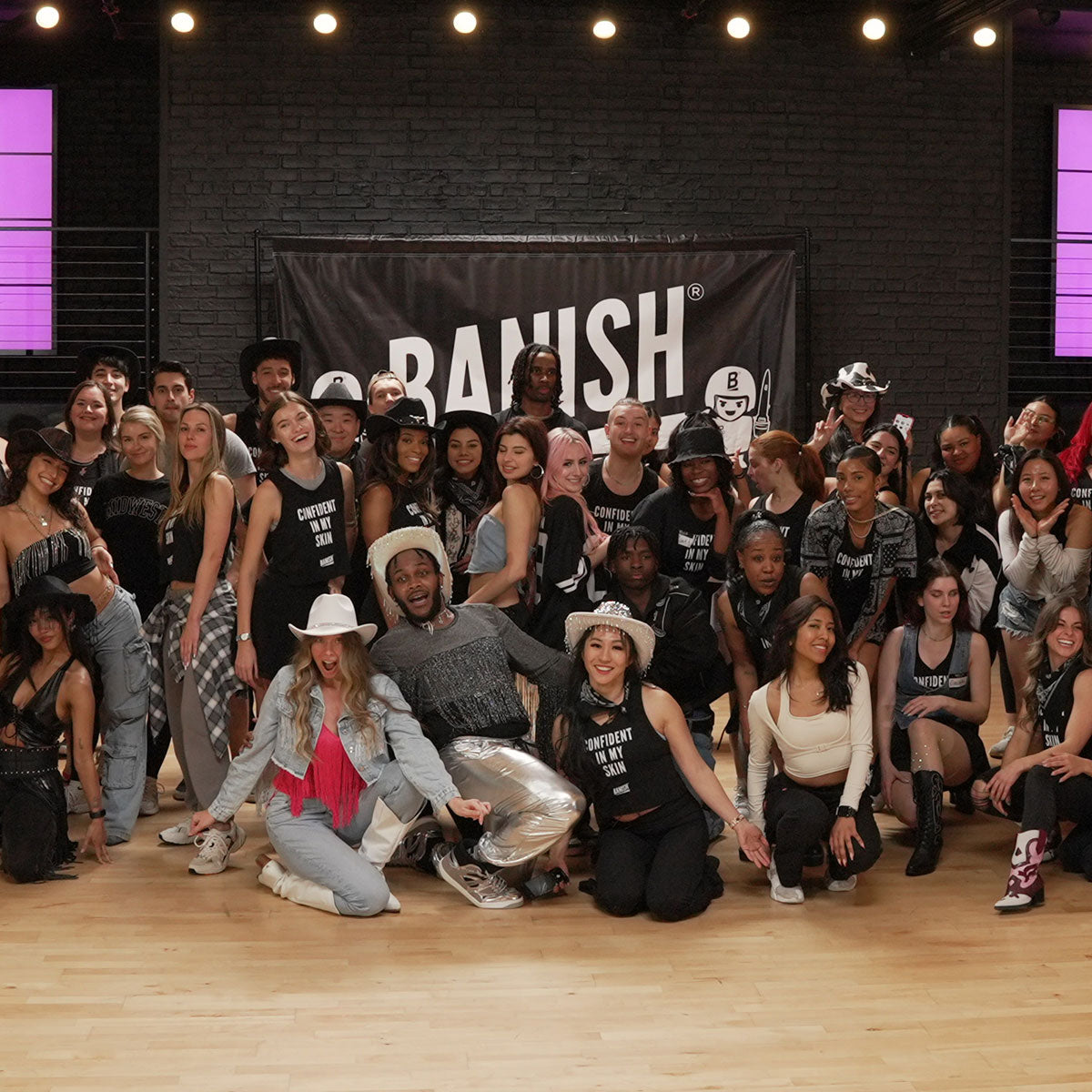

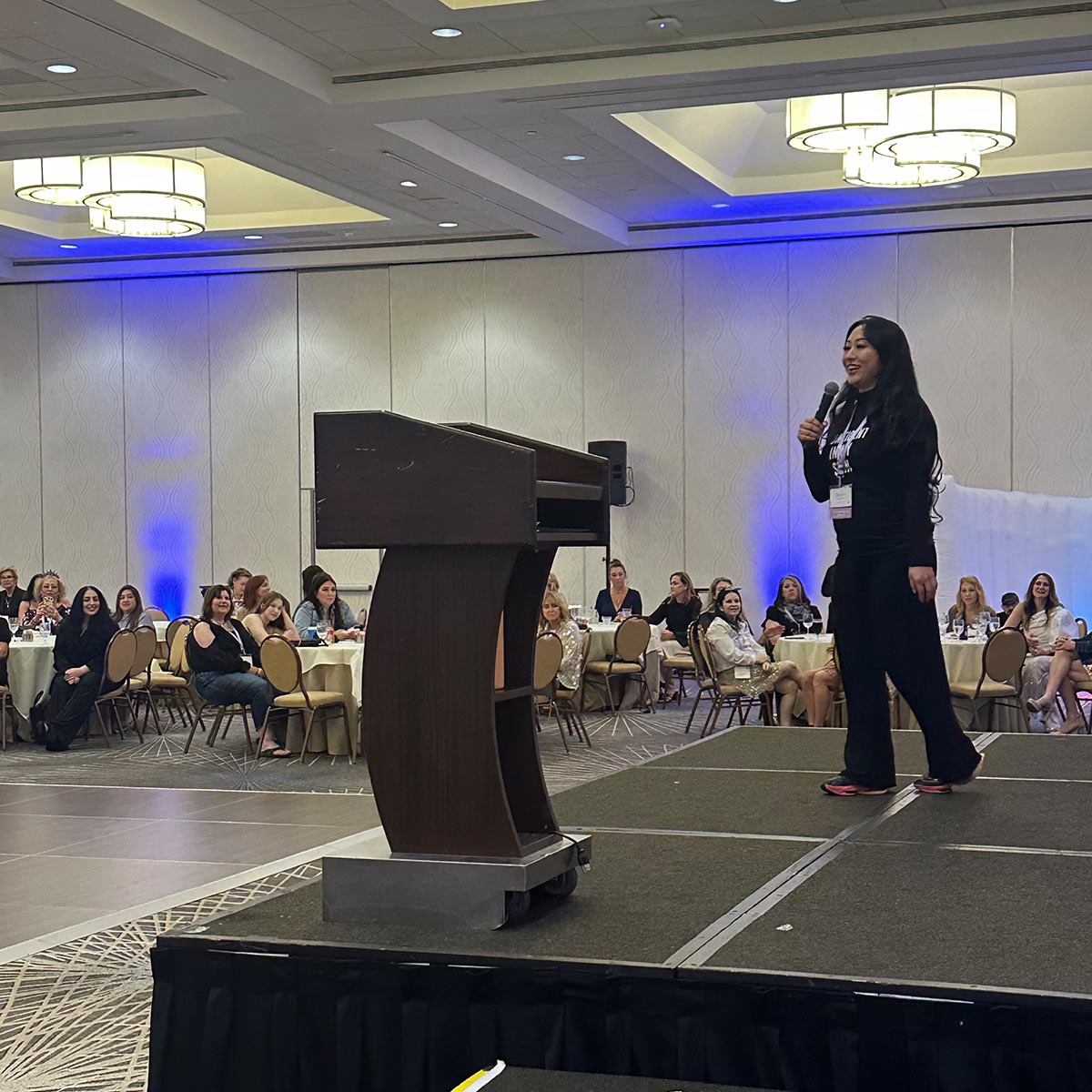
2 comments
Selah
It has been roughly a year and a half of having face acne and about 8 months of minimal back acne. It seems to be getting worse then again it is partially my fault because I developed a popping/itching issue. The actual acne on my face is not too bad but the amount of discoloration and flat red spots is absurd. I want to treat my body the right way inside and out but how do I break the habit of hurting my skin by touch, diet, and how can I still go outside because outside brings me peace.
Natasha Lopez
This article doesn’t mention how to treat pih though.
Leave a comment
All comments are moderated before being published.
This site is protected by hCaptcha and the hCaptcha Privacy Policy and Terms of Service apply.